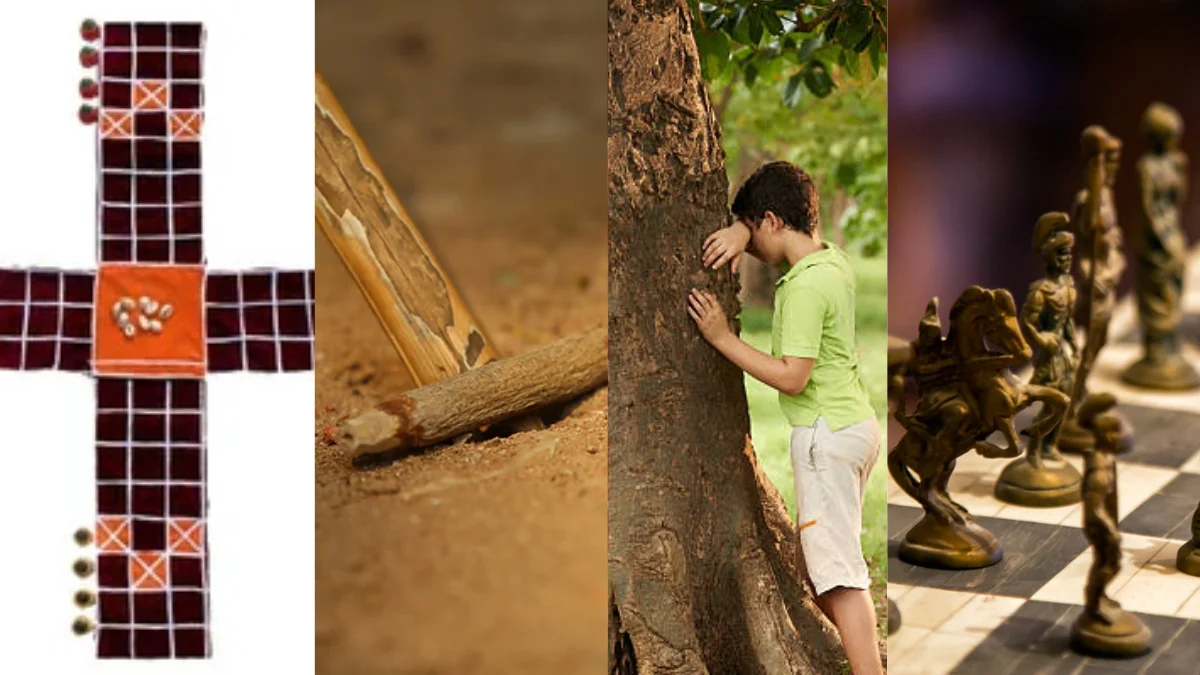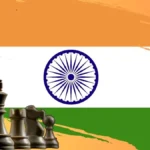India has a rich history in terms of art, literature, and culture, but its vibrant array of traditional games stands out the most. These games have been enjoyed for generations, offering not only entertainment but also valuable lessons like teamwork, discipline, and skill-building.
With the rise of digital gaming, these classic games have faded into the background, and reviving them isn’t just necessary, it’s a great way to reconnect with the past. With that being said, we will explore four Indian traditional games you need to try ASAP.
Pachisi
Pachisi is a cross-and-circle board game that originated in ancient India. The name derives from a Hindi word, “paccis,” meaning twenty-five, the highest achievable score in the game. It’s played by 2-4 players, and the objective is to move all the pieces around the board and back to the centre before the opponents.
The game’s history dates back to at least the 6th century and gained popularity during the Mughal era. Western adaptations like Parcheesi and Ludo were derived later and became more popular than the classics.
Gilli-Danda
Gilli-Danda is a traditional Indian outdoor game that resembles cricket and baseball. It involves two sticks, a longer one called danda, which is used to strict another smaller stick called Gilli. The aim is to hit the Gilli as far as possible and score points by running between specific sports before opponents retrieve it.
The game has ancient roots and is even mentioned in epics like Mahabharata and is popular across rural India and neighbouring countries.
Chupan-Chupai
Chupan-Chupai, which is commonly known as hide-and-seek, is a social game that is played by children all around the globe. It holds a significant position in India, as there have been mentions of this game in ancient folklore and traditional story-telling.
In this game, one player closes their eyes and counts while the others hide. The seeker then aims to find the hidden players aiming to locate them all before someone busts them. It’s a regular game for children promoting teamwork, strategy, and fun.
Chaturanga
Chaturanga is an ancient Indian board game considered to be the predecessor of modern chess. It’s played on an 8×8 grid, which involves four divisions, infantry, cavalry, chariots, kind and queen. The objective is to protect your own king while capturing the opponents.
The game’s history dates back to the 6th century CE during the Gupta Empire and spread across the globe through Persia before it evolved into chess in Europe.
Also Read: Risking It All: The 4 Most Hazardous Sports On The Planet





























